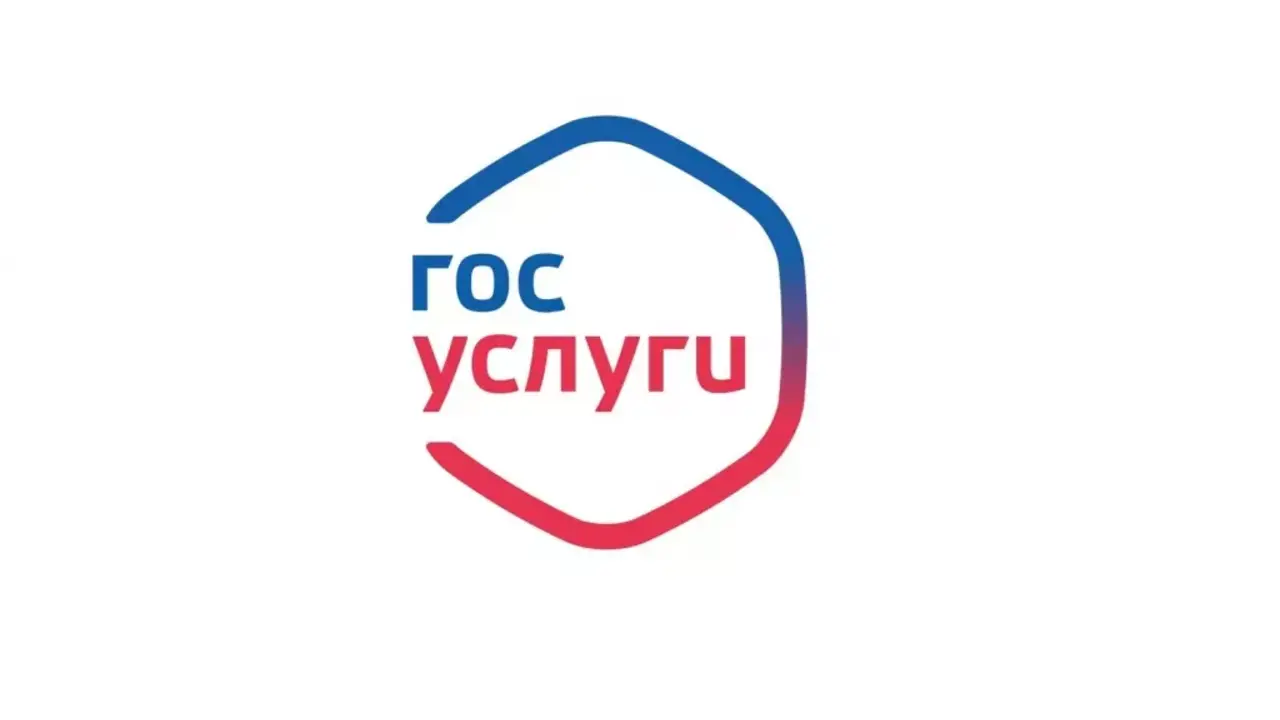Written by Thiago Muniz.
Creating value with artificial intelligence (AI) is not the exclusive function of external consultancies, technology tools or speakers. When the company’s managers and CEO provide guidance on what should be implementedor at least understand which business problems should be prioritized, the game changes.
Any innovation can be viewed as an opportunity or a cost if expectations are not aligned from the beginning of the project. It is possible to apply artificial intelligence for marketing and sales with a simple roadmap. Let’s move on to the first step, shall we? Read on!
Innovation and artificial intelligence: how can you implement this in your company?
The first step involves brainstorming what business problem needs to be solved or whether you should try to approach it differently. This implies ideas from different fields that produce value or are related to marketing. How to decide between getting involved in logistics, finance or law, for example?
The answer lies in defining the user journey and creating personas and archetypes that provide an overview of the target audience and ideal customer profiles and provide clear criteria about these profiles. Interviews with users, workshops, and using historical data generated by the operation help create a map of customer interactions. After that, you just need to define a starting point to understand how AI can rethink the user experience and at what stages it makes sense to add the technology.
The second step is to align expectations. Reporting to colleagues and superiors about the use of AI in Marketing is not an easy task. Marketers’ indicators and measurements are often not well understood; After all, likes don’t pay bills.
Discuss and define key indicators. Measuring the impact of AI use is crucial to making lessons learned tangible and even suggest changes and adjustments to investments in other instruments.
Not wasting money is the third step. Once there is a defined focus, we understand whether what needs to be developed is possible with current technologies or whether it is necessary to review the vehicle structure, the famous “technology stack”. Perhaps the best solution is to adjust the key indicators to fit existing solutions rather than spending too much. Show the value first, then switch tools.
The fourth step is to protect yourself to avoid myopia in expected results, that is, to avoid false certainty in expected results. Promise only what is possible based on historical data. Avoid unrealistic figures, such as doubling results or halving costs.
When we test the use of new tools and architectures, the margin of error can reach 30%.
For example, this is possible with generative artificial intelligence. Create new content from sounds, codes, images, text, simulations and videos. This is very useful for any company or individual, but competitively practical application is unpredictable and testing of formats is important.
Align expectations and involve senior management to ensure no good ideas “show up” prematurely.
Source: Tec Mundo
I am a passionate and hardworking journalist with an eye for detail. I specialize in the field of news reporting, and have been writing for Gadget Onus, a renowned online news site, since 2019. As the author of their Hot News section, I’m proud to be at the forefront of today’s headlines and current affairs.









